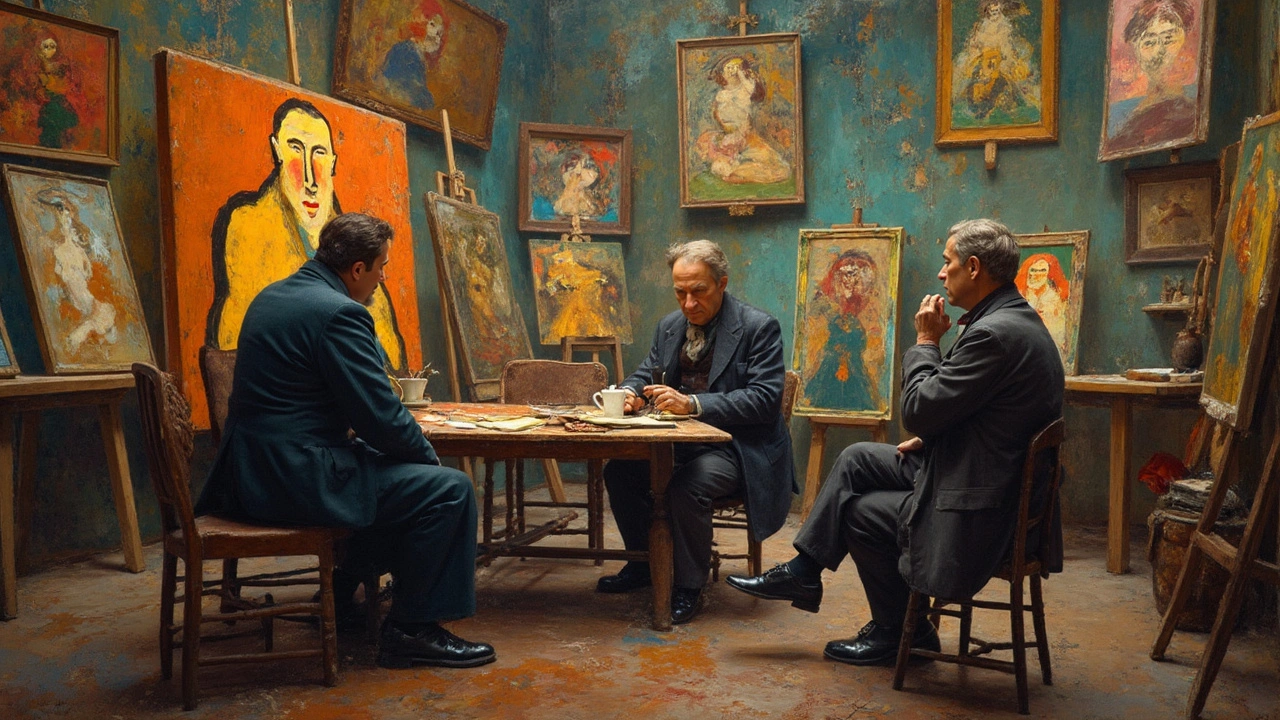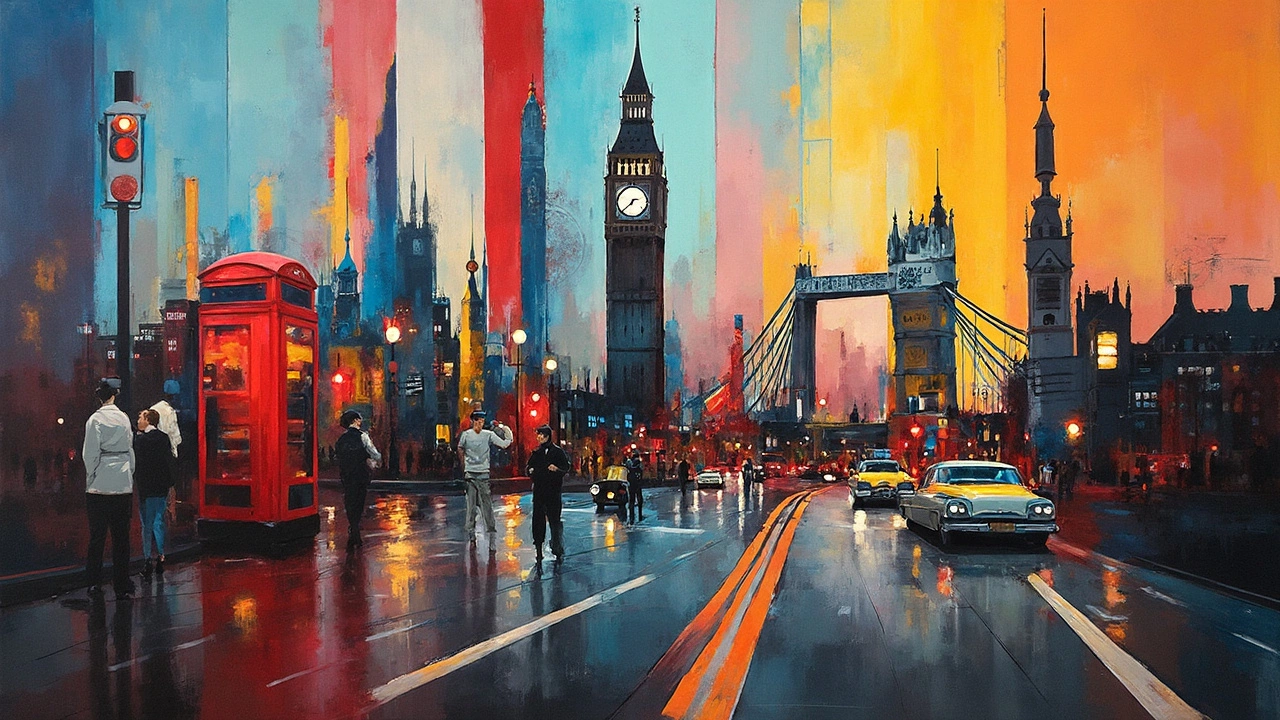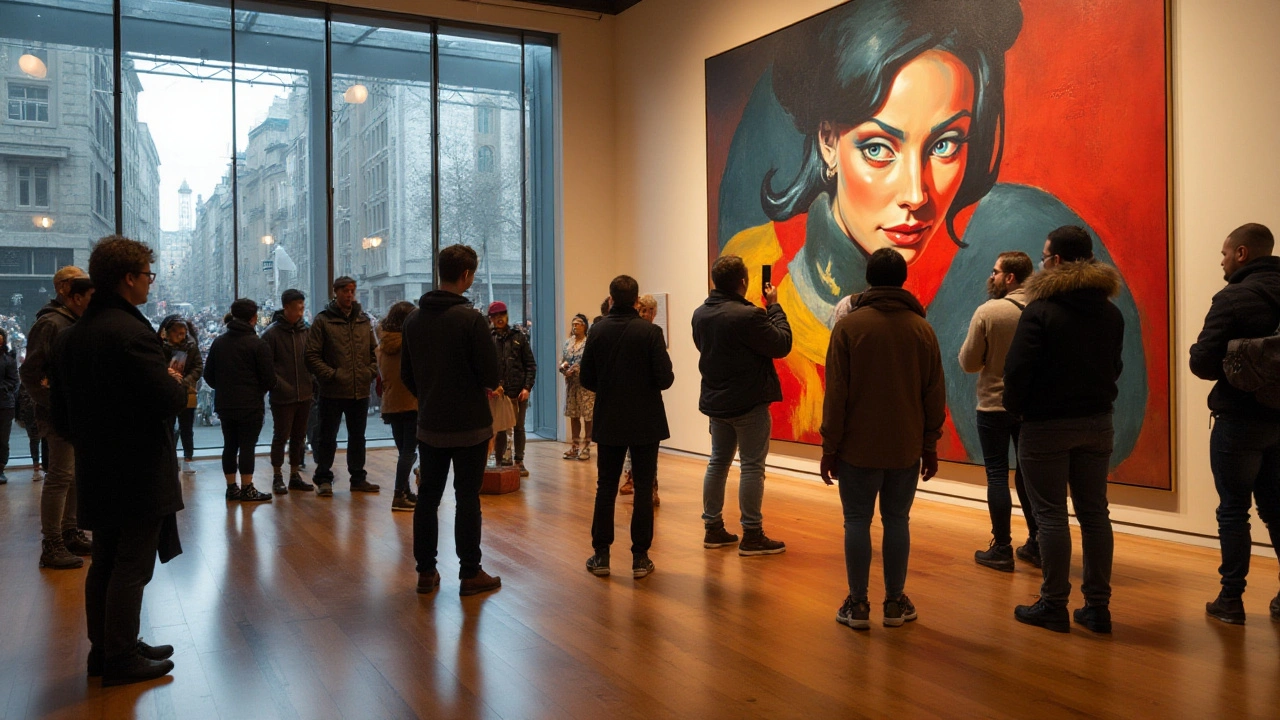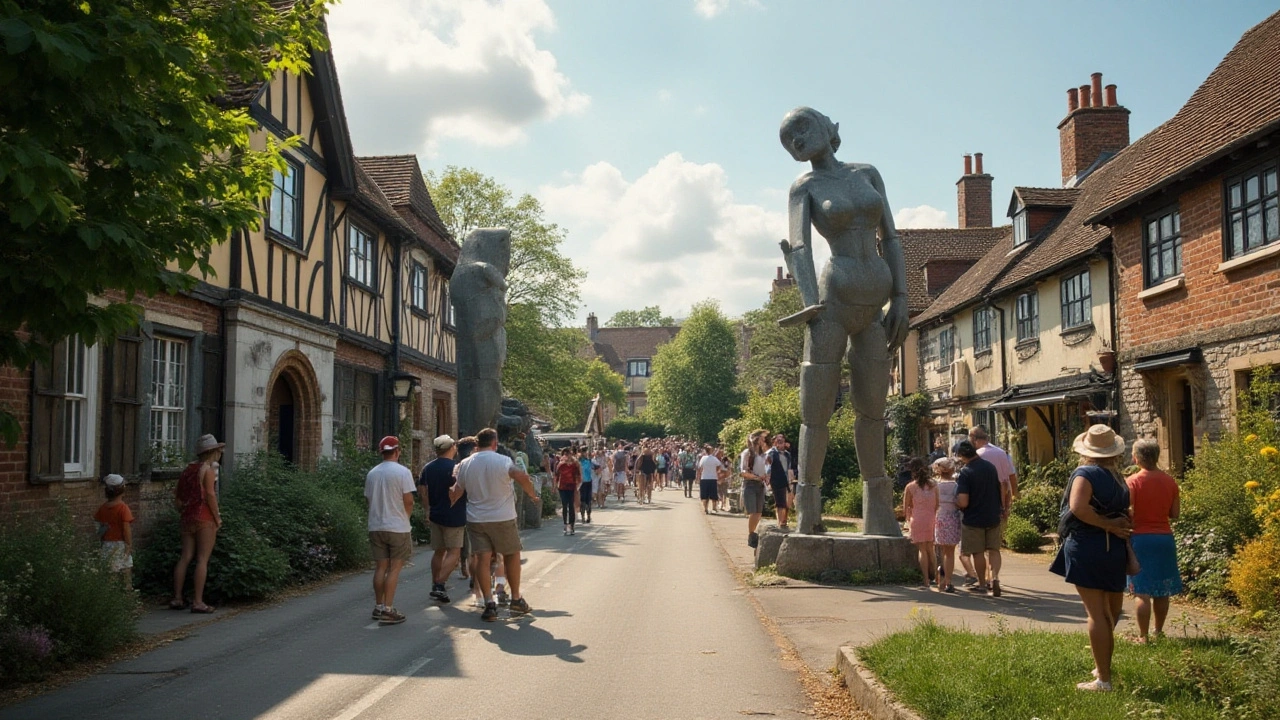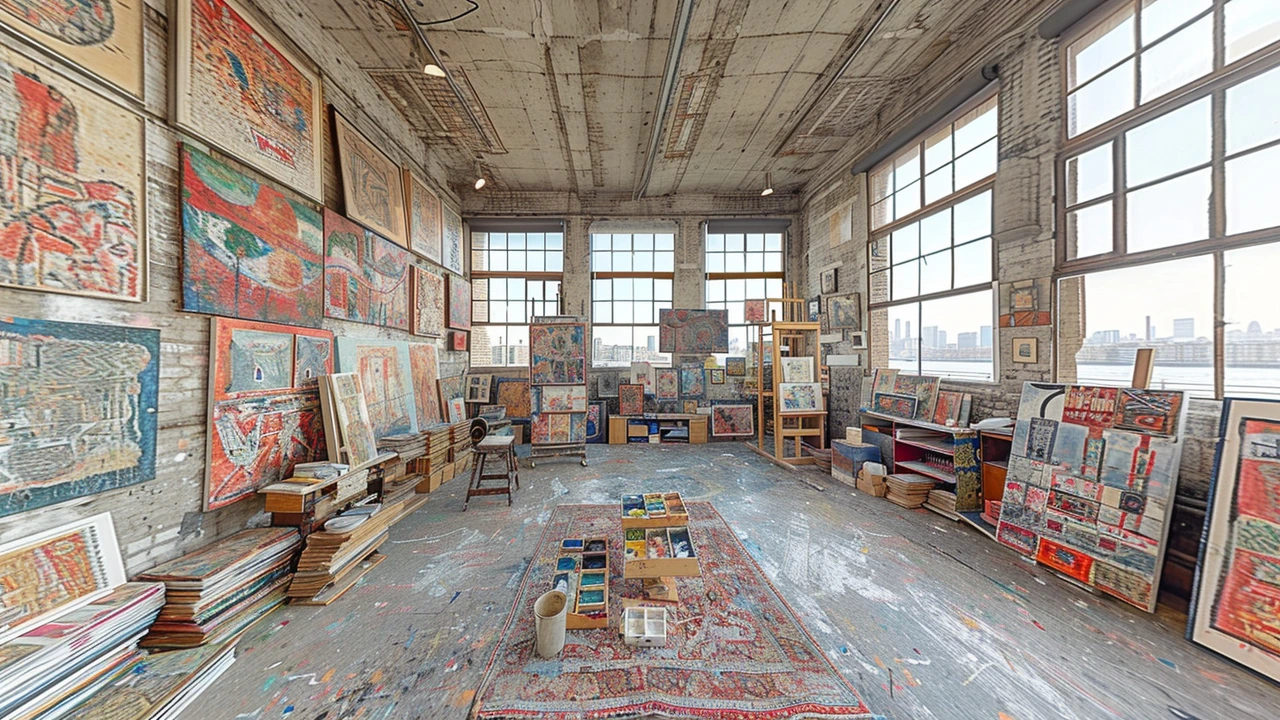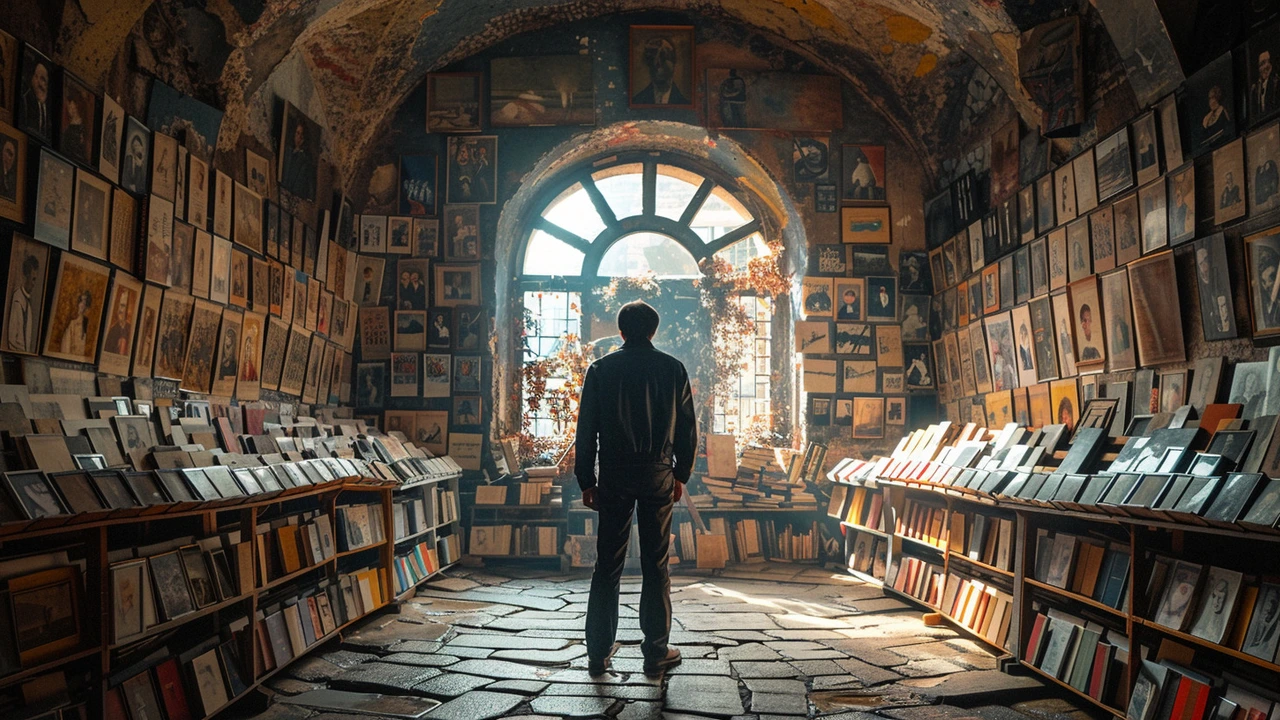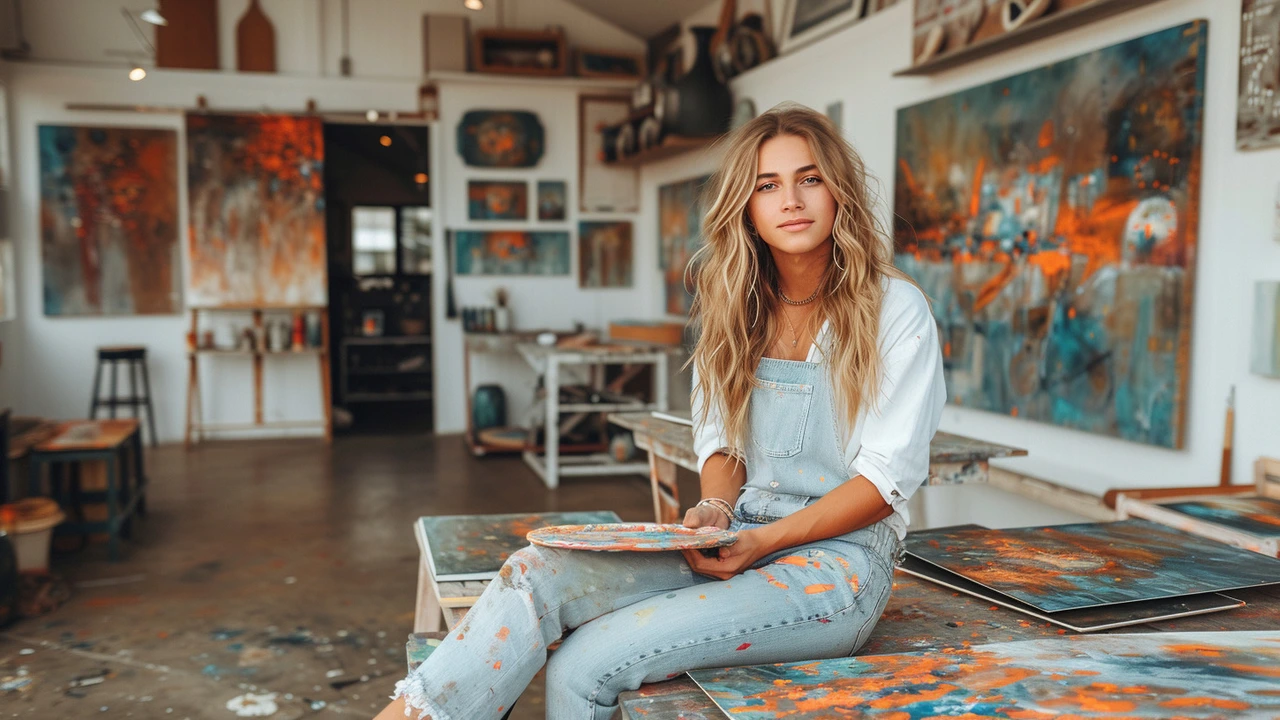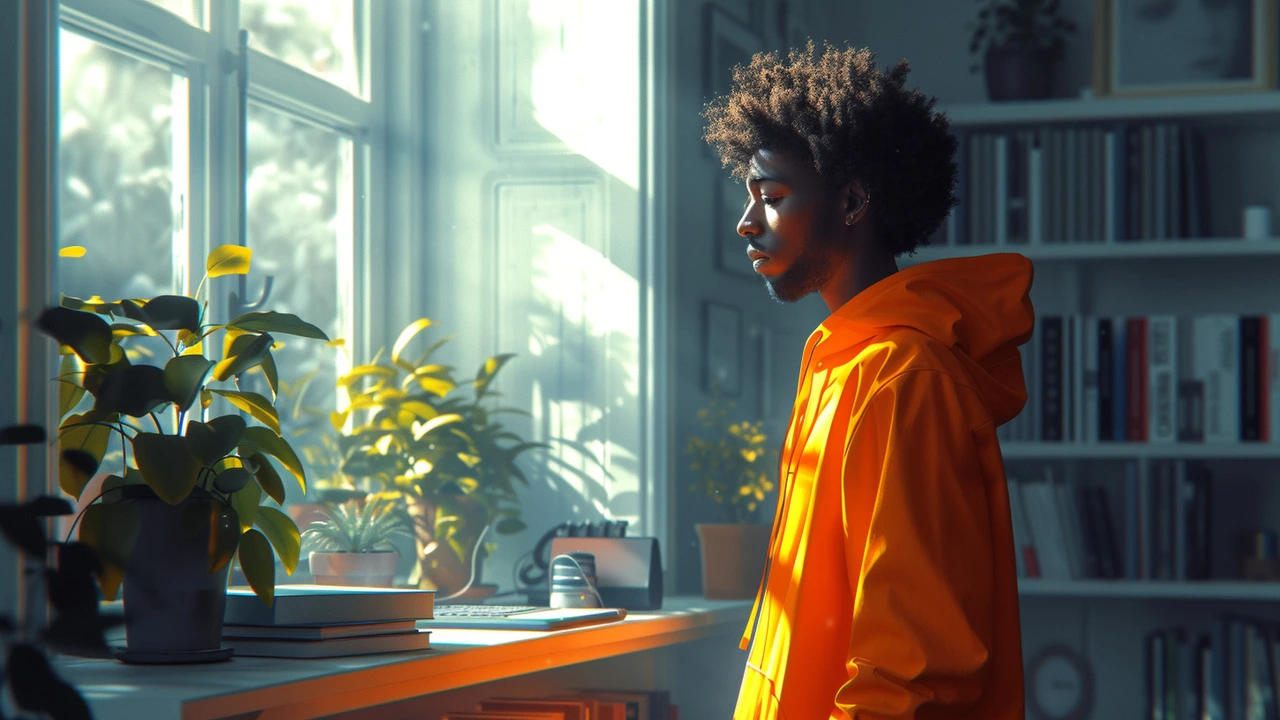Cubism: See a Painting From Every Angle
Cubism broke the picture into pieces and showed them all at once. Instead of one fixed viewpoint, artists like Picasso and Braque layered planes, edges, and fragments to describe shape and space. That shift didn’t just change painting — it reset how designers, architects, and photographers think about form.
Cubism started around 1907. Early work looks raw: faces and objects fall apart into flat shapes. Over a few years it split into two clear approaches that you’ll spot in galleries and books.
Analytic vs Synthetic Cubism
Analytic Cubism (about 1907–1912) breaks objects into overlapping planes and muted colors. Look for browns, grays, and a puzzle-like feel — the goal is to analyze form, not decorate it. Artists built a picture by studying an object from many angles and then flattening those views together.
Synthetic Cubism follows (from about 1912). Colors brighten, shapes simplify, and collage appears. Artists glued paper, newspapers, or fabric into the picture. That move made the artwork talk about real life — not just represent it.
How to Read Cubism and Try It Yourself
When you look at a cubist piece, stop hunting for a single vanishing point. Instead, map the planes: where does a side become a face? Where do edges repeat? Train your eye on repeated angles and overlapping shapes — that’s where the meaning lives.
If you want to try cubism, start with a simple still life — a bottle and a loaf of bread. Sketch its main planes in pencil, then redraw the same subject from a slightly different angle on the same page. Cut and paste collage bits or paint with a limited palette. Keep shapes simple and let the composition read as a set of parts, not a window into one moment.
Cubism influenced lots of later movements. You’ll see its fingerprints in Constructivism’s geometric language, De Stijl’s grid logic, Futurism’s fractured motion, and even modern graphic design. On Paul Artistry you can read related pieces like "Constructivism Art’s Influence on Modern Culture" and "De Stijl's Impact on Graphic Design Evolution" to trace those links.
Want to spot cubism in museums or online? Check labels for dates (1907–1920s is the core), watch for limited color schemes in early works, and search for collage in later pieces. Don’t expect neat realism — cubism asks you to assemble the image in your head.
Cubism still matters because it taught artists to question sight itself. It gave tools — fragmentation, multiple viewpoints, and collage — that make modern visual culture more flexible. Want practical inspiration? Try a quick collage study from a phone photo. You’ll see how breaking and rebuilding an image opens new ideas fast.
Explore the tag to find more writing on modern movements, key artists, and techniques that grew from cubist thinking. Each article on Paul Artistry connects these ideas so you can follow cubism across painting, design, and urban space.

